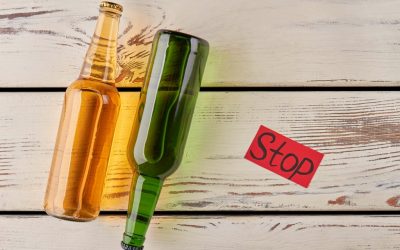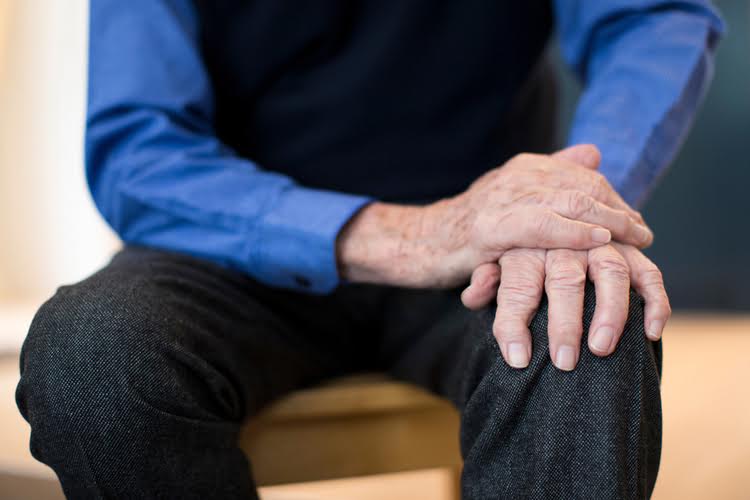- MOST RECENT
Conflict Resolution Skills

 23.12.2020
23.12.2020 AA and NA are not for everyone, and a number of reasons have been given by individuals who left these programs voluntarily while still in recovery (e.g., the emphasis on religiosity; Kelly et al., 2011). Fortunately, many other continuing care programs are available that provide similar sets of social-network-based metacontingencies to promote long-term abstinence (e.g., SMART, LifeRing, Refuge Recovery/Recovery Dharma, SOS, Women for Sobriety). All of these organizations have taken the basic principles of recovery used by AA and NA and adapted them to targeted populations, giving individuals additional options when making the transition to recovery. For example, programs that offer a harm reduction approach are a direct challenge to the moral model, as they offer a lack of judgment and support people “where they are,” embracing the stages of change and allowing for engagement at each level of pre-contemplation, contemplation, preparation, action, and relapse. Almost all the informants started the conversation talking about substance use after discharge from inpatient treatment in Tyrili. Except for one informant, all the informants had used substances after they left inpatient treatment.

In other words, the label “substance use disorder” does not imply that a person seeks substances because she has a disorder; rather, a person has a disorder because she seeks drugs – it is merely descriptive and not explanatory. The purpose of this review is to develop a theoretical framework to explain the phenomenology of addiction that may then be used to develop effective interventions for its treatment. As such, holistic treatment alternatives targeting these factors in both the child and the mother have been recommended (Neger & Prinz, 2015; Suchman, Mayes, Conti, https://logopediya.com/books-pedagogika2/17-10.php Slade & Rounsaville, 2004). Attachment- and mentalization-based interventions have gained popularity as effective treatments for patients with SUDs (e.g., Dawe, Harnett, Staiger, & Dadds, 2000; Söderström & Skarderud, 2009; Suchman, DeCoste, Castiglioni, Legow, & Mayes, 2008). These interventions are effective in improving emotional bonds, maternal reflective functioning skills, and mother-infant interactions so as to reduce the likelihood of addiction and maladaptive attachment styles in future generations (Pajulo & Kalland, 2013; Suchman, et al., 2008, 2011, 2013).
The early finding that cognitive therapy for depression was effective, and moreover, more effective than an antidepressant medication (Rush, Beck, Kovacs, & Hollon, 1977), reinforced the signal that the BMM was not enough, at least not for modeling and treating depression. At the same time, there was another major anomaly for the BMM, the emerging findings of social epidemiology, noted in the previous section, that social status affects a wide range of physical health and mental health outcomes, in the Whitehall Studies by Michael Marmot and colleagues (Marmot, Rose, Shipley, & Hamilton, 1978; Marmot et al., 1991). The appearance of personal processes in the new psychological science – beliefs, about the world and our agency, personal goals, emotions, and behavior – has substantial relevance to the question whether a broader BPSM is needed in health science and healthcare. Engel gave a long list of important issues the BMM could not account for, and top of the list was ‘the person who has the illness’ (Engel, 1977, p. 131). Here the point is, at least, that biomedicine can theorize diseased or otherwise dysfunctional organs or systems, but has nothing to say, over and above that, about the person who has the illness.

He argued that psychological hedonism determines our behavior – we act in ways to maximize pleasure and minimize pain. The “pleasure principal”, the logical progression of psychological hedonism, was later embraced by Sigmund Freud (Olson and Hergenhahn, 2011), who identified it as a critical component of the id and causing people to act in ways that satisfy their biological needs. In contrast to ethical hedonism, http://blacohmetals.com/list/banking-services/page/6 psychological hedonism did not define what is “good” and what is “evil”, it simply argued that we act in ways that satisfy our hedonistic needs. The pleasure principal, in effect, provided an explanation of behavior that was devoid of moral judgement – we no longer needed to chastise the behavior of the drunkard – drug use is a natural consequence of its ability to tap into our natural hedonic drives.
Mind once was the place of mediation between person and situation, between the biological and the social. How these advances will impact the ethical relationship between our brains and our selves in addiction, is yet to be seen. The biopsychosocial systems model is grounded in systems theory in which knowledge occurs at the intersection of the subjective and the objective, and not as an independent reality. This is a radical departure from the traditional positivist epistemology, which relies on empirical study and material proof (Bunge 1979; Heylighen, Cilliers, and Gerschenson 2007).

Thus, numerous psychological factors and experiences can increase the risk of changing how one feels (or regulating emotions) via drugs of abuse. “I believe that [the biopsychosocial model] could enhance their self-awareness and understanding of themselves, along with broadening their personal sense of what issues or challenges may be going on with them,” says Dr. Marsh. An individual who is struggling with their mental health might need social support and environmental changes just as much as they need therapy or medication https://udaff.com/read/interv/28858.html intervention for their symptoms. It was over a millennium later before the Roman Catholic Church’s hold on Western thought declined sufficiently for the understanding of human behavior to advance significantly further. During the Renaissance, René Descartes would propose a theory of human existence that would revolutionize scientific inquiry into the determinants of behavior. Descartes was interested in how organisms interact with their environment, believing that nonhuman animals were nothing more than biological machines.
Gillett challenges the neurophilosophical model of human decision-making, which, as he has previously argued (2008a), emphasizes selfishness, and “constricts the scope of reason so that it is subject to any desire or disposition that one happens to endorse at the time one acts” (p. 1215). Gillett criticizes theories of decision-making that conceptualize choice as autonomous phenomenon only if inner mental states or networks cause it. His bio-psychosocial model was a call to change our way of understanding the patient and to expand the domain of medical knowledge to address the needs of each patient. It is perhaps the transformation of the way illness, suffering, and healing are viewed that may be Engel’s most durable contribution.